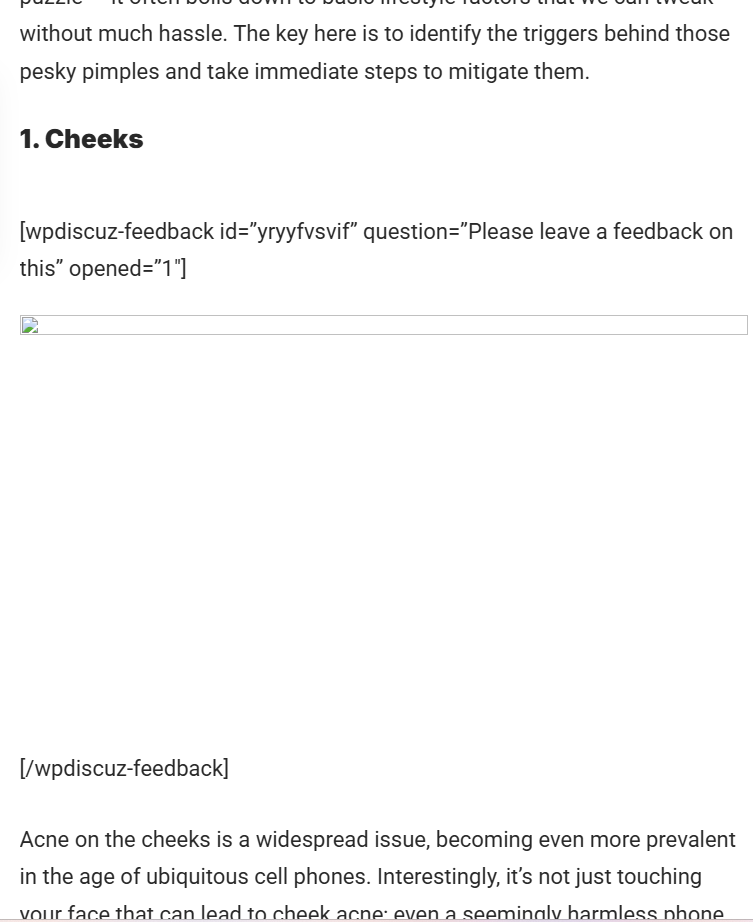Back pain is one of the most common health concerns in the world today, affecting millions of people across all age groups. From minor muscle strains to chronic spinal problems, back issues can significantly impact daily activities, work productivity, and overall quality of life. While occasional discomfort may seem harmless, persistent or severe back pain can be a sign of deeper structural or lifestyle-related problems that require attention. Understanding the causes, recognizing the symptoms, and adopting preventive measures can go a long way in maintaining a healthy spine and pain-free back.




The Growing Problem of Back Pain
Modern life has brought convenience, but it has also changed the way we use our bodies. Many of us spend long hours sitting — whether at desks, in cars, or on couches — often with poor posture and limited movement. According to global health statistics, nearly 80% of people experience back pain at least once in their lifetime. It is now one of the leading causes of disability and work absenteeism.
Technology has contributed to this growing issue. “Text neck,” a condition caused by looking down at phones or laptops for long periods, is becoming common among teenagers and young adults. Likewise, office workers who sit for extended hours often develop lower back stiffness, while manual laborers face the opposite problem — repetitive strain and overuse injuries.
Common Causes of Back Issues
Back pain is not a single condition; it is a symptom of various underlying problems. Here are the most frequent causes:
1. Poor Posture
Slouching while sitting or standing puts uneven pressure on the spine and muscles. Over time, this can cause muscle fatigue, spinal misalignment, and chronic pain.
2. Muscle or Ligament Strain
Sudden movements, lifting heavy objects incorrectly, or overexertion can strain back muscles or ligaments. This type of pain is usually acute and may improve with rest, but repetitive strain can lead to chronic discomfort.
3. Herniated or Slipped Discs
The spine is made up of vertebrae separated by cushioning discs. When a disc ruptures or slips, it can press on surrounding nerves, leading to sharp pain, numbness, or tingling — commonly known as sciatica.
4. Degenerative Conditions
With age, spinal structures naturally wear down. Osteoarthritis, degenerative disc disease, and spinal stenosis are common age-related issues that can cause persistent pain and stiffness.
5. Poor Ergonomics
Working long hours on poorly designed furniture or using incorrect posture at a computer can lead to chronic strain. Inadequate chair support, low monitor height, or lack of movement all contribute to back problems.
6. Obesity and Weak Core Muscles
Extra body weight increases stress on the spine, especially in the lower back. Weak abdominal and core muscles fail to support the spine effectively, further worsening posture and discomfort.
7. Emotional Stress
Interestingly, psychological tension can also manifest as physical back pain. Stress causes muscles to tighten, reducing blood flow and increasing stiffness and discomfort.
Recognizing Symptoms of Back Issues
Back problems can appear suddenly or develop gradually. Common symptoms include:
- Persistent or recurring pain in the lower, middle, or upper back
- Sharp or stabbing sensations during movement
- Muscle tightness or stiffness
- Pain radiating down the legs (sciatica)
- Numbness or tingling in the legs or feet
- Limited flexibility or difficulty standing straight
If back pain persists for more than a few weeks, is accompanied by numbness, or interferes with daily activities, it’s crucial to seek medical advice. Early diagnosis helps prevent minor issues from turning into chronic conditions.
Diagnosis and Medical Evaluation
A doctor typically begins with a physical examination and discussion about symptoms, lifestyle, and medical history. Depending on the severity, imaging tests may be required:
- X-rays to identify bone abnormalities
- MRI or CT scans for detailed images of soft tissues, discs, and nerves
- Nerve conduction tests if nerve damage is suspected
Accurate diagnosis allows for the right treatment plan, whether it involves medication, physical therapy, or lifestyle adjustments.
Effective Treatment Options
1. Rest and Ice/Heat Therapy
For minor injuries or muscle strains, rest and alternating between cold and heat can reduce inflammation and relax muscles. However, complete bed rest for long periods should be avoided, as it can weaken muscles further.
2. Physical Therapy
A physiotherapist can guide you through targeted exercises that strengthen the back, improve flexibility, and correct posture. Stretching routines and low-impact exercises like swimming or walking are often recommended.
3. Medication
Over-the-counter pain relievers such as ibuprofen or acetaminophen can temporarily ease discomfort. In chronic cases, muscle relaxants or anti-inflammatory drugs may be prescribed under medical supervision.
4. Posture Correction
Ergonomic chairs, standing desks, and proper sitting techniques play a vital role in preventing and managing back pain. Keeping screens at eye level and maintaining a straight posture can make a noticeable difference.
5. Alternative Therapies
Many people find relief through chiropractic adjustments, acupuncture, massage therapy, or yoga. These therapies focus on spinal alignment, muscle relaxation, and holistic healing.
6. Surgical Intervention
In severe cases, such as herniated discs or spinal stenosis, surgery may be necessary. However, most cases of back pain improve through conservative treatments without the need for surgery.
Preventing Back Issues: Daily Habits That Help
Prevention is always better than cure, especially when it comes to spinal health. Small lifestyle changes can drastically reduce the risk of developing chronic back problems.
1. Maintain Proper Posture
Whether you are standing, sitting, or walking, always keep your back straight and shoulders relaxed. Avoid slumping forward or leaning to one side. When sitting, your knees should be level with or slightly lower than your hips.
2. Strengthen Core Muscles
The muscles around your abdomen and lower back support your spine. Regular core exercises such as planks, bridges, and gentle yoga poses help maintain stability and reduce strain.
3. Lift Correctly
When lifting heavy objects, bend your knees — not your waist. Keep the object close to your body and use your legs to lift. Avoid twisting your body while carrying weight.
4. Stay Active
Prolonged inactivity weakens muscles. Regular movement, stretching, and low-impact exercises such as walking or swimming keep your spine flexible and strong.
5. Choose Ergonomic Furniture
Invest in an ergonomic chair that supports your lower back. Your desk setup should allow your computer screen to be at eye level, and your feet should rest flat on the floor.
6. Maintain a Healthy Weight
Excess body weight, especially around the abdomen, shifts the body’s center of gravity forward, straining the back muscles. A balanced diet and regular exercise help maintain a healthy weight and reduce stress on the spine.
7. Get Quality Sleep
Sleeping on an unsupportive mattress can contribute to back pain. Choose a medium-firm mattress that keeps your spine in a neutral position. Sleeping on your back or side (with a pillow between the knees) can also relieve pressure.
8. Manage Stress
Chronic stress can tighten back muscles. Mindfulness practices like deep breathing, meditation, or light stretching can relax both the mind and body.
The Role of Lifestyle and Mindset
Back health isn’t just about physical care — it’s also about mindset and consistency. Many people only pay attention to back health after pain begins, but prevention should be part of everyday life. Incorporating stretching breaks at work, taking short walks every hour, and practicing mindfulness can keep the spine healthy in the long run.
Moreover, understanding that healing takes time is key. Chronic back issues may require weeks or months of consistent effort — exercise, therapy, and posture correction — before real improvement is felt. The goal isn’t just to relieve pain temporarily but to strengthen the body for lasting comfort and mobility.
When to Seek Immediate Medical Help
While most back pain improves with self-care, certain symptoms require urgent attention. Consult a doctor immediately if you experience:
- Sudden, severe pain after a fall or accident
- Loss of bladder or bowel control
- Numbness or weakness in the legs
- Unexplained weight loss along with pain
- Persistent pain that does not improve with rest
These could indicate serious conditions like nerve compression, infection, or underlying disease.
Final Thoughts
Your back is quite literally the backbone of your body — supporting posture, movement, and stability. Taking care of it should be a daily habit, not an afterthought. By maintaining good posture, staying active, eating well, and managing stress, you can prevent most common back issues and enjoy a more comfortable, energetic life.
Remember: a healthy back equals a healthier you. Prevention, awareness, and consistent care are the keys to lifelong spinal health.



